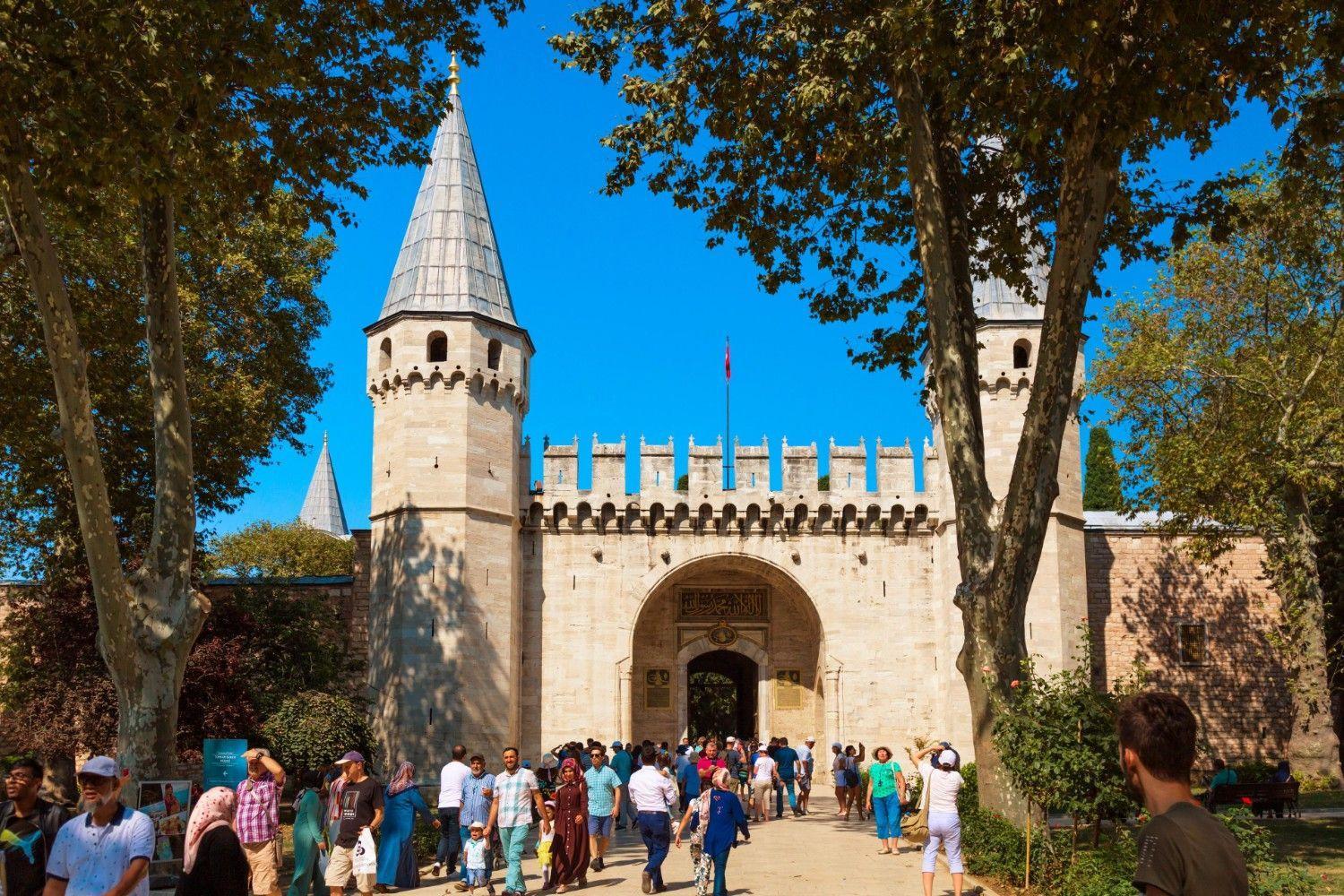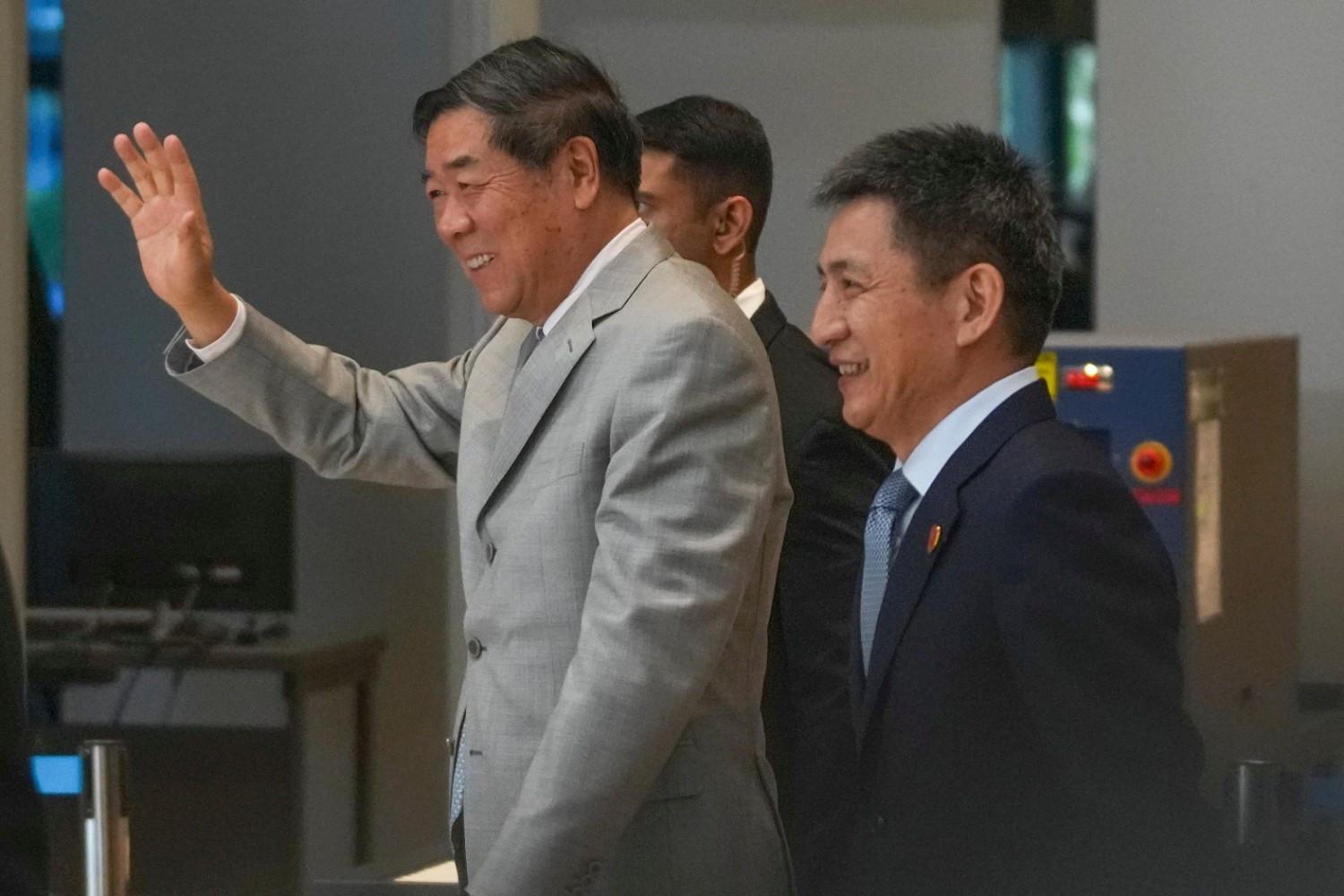Türkiye creating risk map for museums amid Louvre heist concerns
ANKARA

Amid global shock over the audacious Louvre heist, where $102 million in royal jewels were stolen in under eight minutes, Türkiye is set to evaluate security vulnerabilities in its museums to strengthen a robust plan safeguarding its most valuable cultural treasures.
The Culture and Tourism Ministry has come up with a “security risk mapping” project covering major museums and archaeological sites — including the Topkapı Palace, Zeugma Mosaic Museum and Ephesus Archaeological Museum.
Among Topkapı Palace’s most treasured artifacts is the 86-carat Kaşıkçı Diamond, one of the largest diamonds in the world and a symbol of Ottoman imperial wealth, valued at tens of millions of dollars. Protecting such irreplaceable pieces is a central focus of the ongoing project.
The initiative, ongoing for more than two years, identifies potential threats ranging from theft and vandalism to terrorism and natural disasters such as earthquakes and floods.
According to ministry officials who spoke to the daily Hürriyet, the project has reached its final stage. Following a presentation to Culture and Tourism Minister Mehmet Nuri Ersoy, measures will be implemented in vulnerable locations, supported by professional security experts.
The move comes as museum security worldwide faces renewed scrutiny after thieves climbed the Louvre’s façade using a basket lift, broke into display cases and escaped with priceless jewels linked to 19th-century French royalty.
Louvre Director Laurence Des Cars said the museum doesn't have full video surveillance of the perimeter outside.
She also suggested barriers to prevent vehicles from parking directly alongside the museum’s buildings and said that she would push for a police station inside the museum, which welcomes 30,000 visitors a day and 2,300 workers.
The heist, executed within minutes despite functioning alarms, has exposed weaknesses in even the most prestigious institutions.
Türkiye’s proactive approach is reflecting growing awareness of its expanding cultural landscape and tourism scope. According to the Turkish Statistical Institute (TÜİK), museum and archaeological site visits in Türkiye rose by 10.6 percent in 2024 compared to the previous year, reaching 61.7 million visitors — over half of whom visited museums under the ministry’s authority.
With record tourism and cultural engagement, Ankara’s initiative aims to ensure that Türkiye’s heritage remains both accessible and secure.















